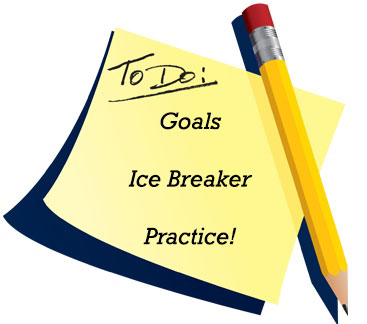
Advice for your first web conference
The first time your class meets virtually can be daunting. If you’re not practiced at web conferencing, it may feel awkward and foreign. You probably felt pretty nervous the first time you walked in front of a classroom of students, too. Here are a few tips to turn you into a web conferencing pro:
Create a sketch of the session
List your main goals and how you hope to accomplish them. Create an outline or “storyboard” of your session. Consider what features of the web conferencing software you will use and make note of any additional resources you will need such as links to websites, images, etc.
Keep it simple
Don’t try to use everything. You don’t need to use every tool in the software. Pick a few key ones and then focus on the content and communication. You don’t want your meeting to be about the tool. Don’t try to do too much in one session. If it’s your first online class meeting, your students may need to adjust to a different way of interacting. Keep your main goal in mind.
Include interaction
You may not be in the same room with your participants, but you can still interact with them. Consider including an icebreaker activity at the beginning of the session. If the group is small, give everyone a chance to introduce themselves. Ask them questions. If there’s a polling tool or emoticons, use it to get quick feedback. Avoid too much text and use graphics that work with your content.
Managing participation
Plan in advance how you will manage questions or comments from participants. Is there a “Raise Hand“ to request the microphone or get your attention? Will they type in the chat window? Send you a private chat message? Let participants know how they are expected to participate at the outset of the session. Being clear will help ease any confusion.
Practice, Practice, Practice
Do a dry run of your session using all the tools you will use in the real session. Treat it like a dress rehearsal. Invite a friend or colleague to be your “student.” The more comfortable you are with the virtual space and its tools, the less you have to think about them. This allows you to focus on your students and the presentation material.
Self-evaluate
Do a little self-reflection after the session. What worked? What didn’t? Why? What might you want to do differently next time? It’s easy to skip this important step, but don’t. Review while the session is still fresh in your mind.
